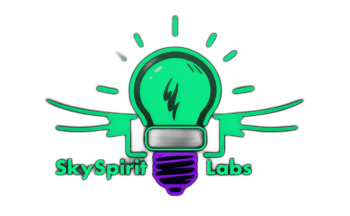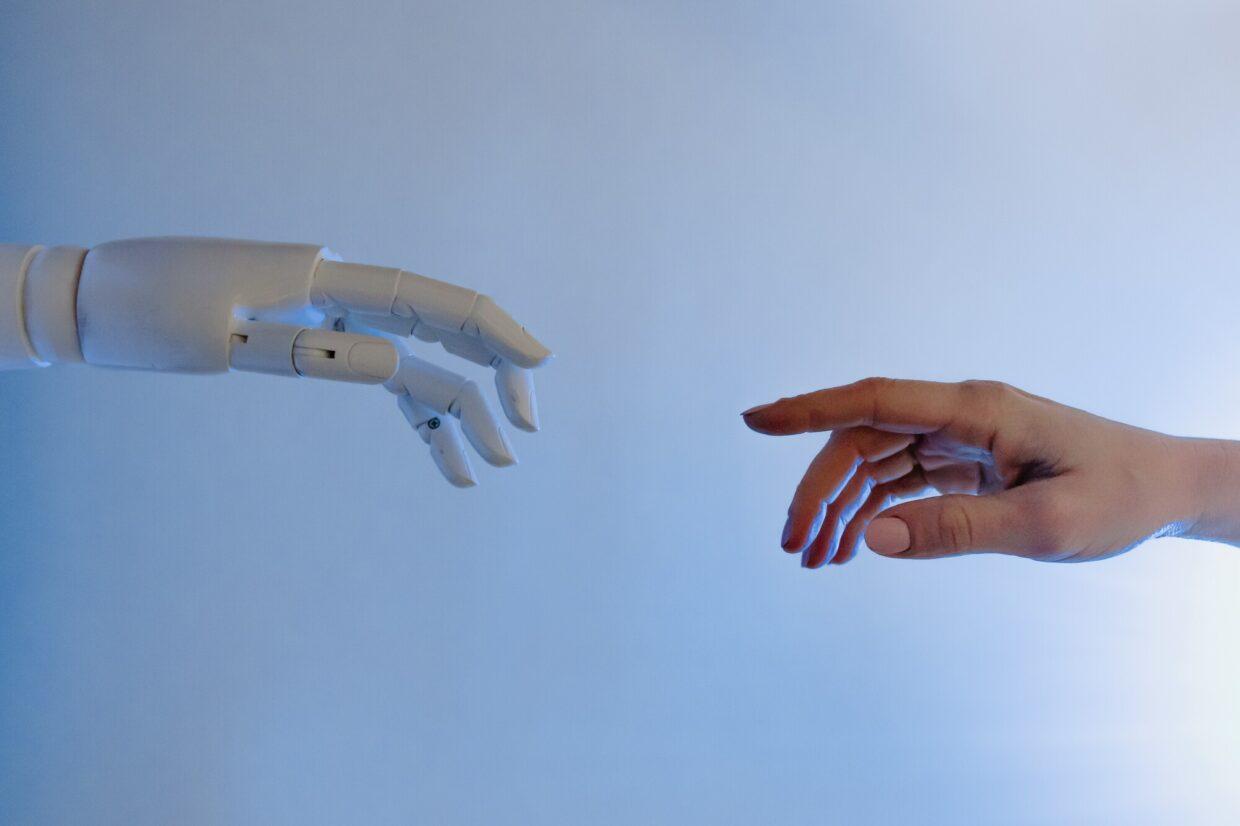AI-Assisted Development, Block Chain, Quantum Computing, Big Tech, Green Tech, Time to Value, Composite Development, Cloud, Security…
Introduction
I recently had the opportunity to participate in a workshop called Arch9, organized by Levi9, the company I work for. The workshop was held in Amsterdam and brought together a small group of individuals with strong technical skills, strategic thinking, and diverse opinions. The focus of the workshop was on the future of software development and technology, and we discussed a range of topics including AI-assisted development, the influence of big tech companies, environmentally friendly green tech, time to value, composite development, APIs as a service, the future of the cloud, and security challenges with blockchain and AI or generally. We also explored the potential for hackers to utilize AI and the future of image processing. It was an engaging and thought-provoking discussion, and I learned a lot from my colleagues and the workshop facilitators.
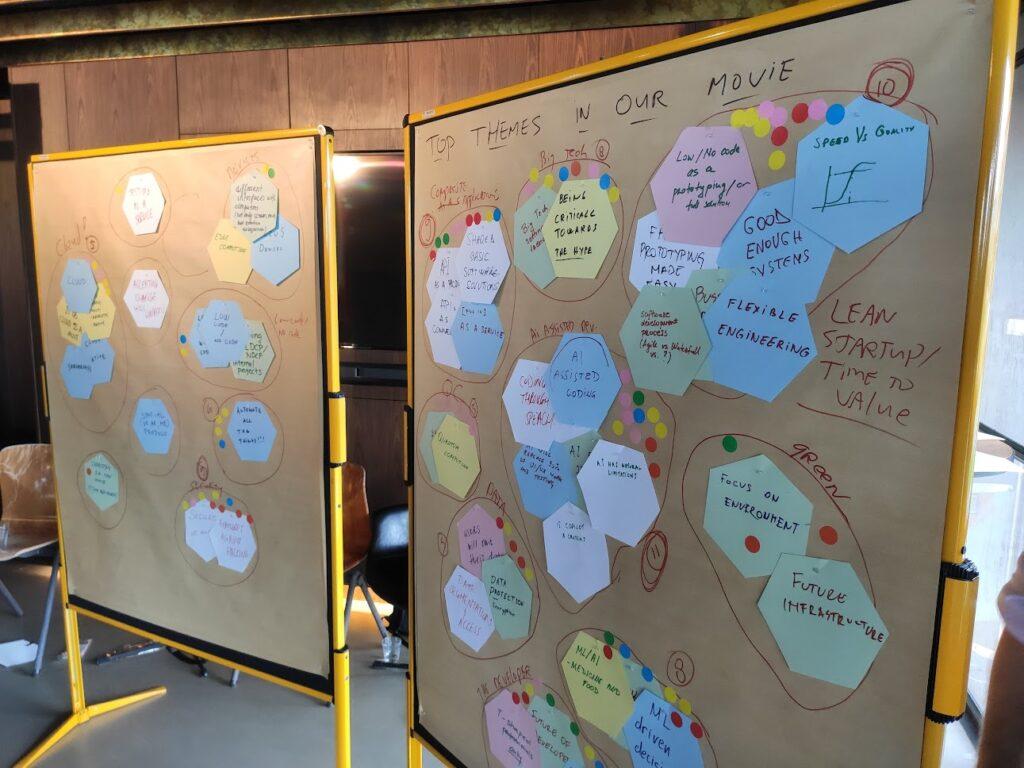
In this article, I will go over a couple of topics that we have selected in the workshop to discuss. With a focus on AI and AI-Assisted Development.
AI-Assisted Development
Overview: AI-assisted (Artificial intelligence) development refers to the use of artificial intelligence to help with the creation and maintenance of software. This can include things like automated testing and debugging, suggesting code changes or improvements, and helping with documentation.
My Thoughts: Lately there is a big hype over AI (OpenAI, ChatGPT, Github Copilot, Dall E…) but this is not a coincidence. AI tools are better and better and also cheaper. This means these tools can spread over lots of fields like video – image processing, search engines, automation – like self-driving, emotion recognition based on voice, medicine – DNK chain recognition, etc.
Actually, I used several AI tools while writing this blog. They helped with sentence construction, grammar, SEO, and generating cover photos. English is not my native language, so it’s sometimes difficult for me to express myself clearly while writing about technical topics. AI has been really helpful in this regard. It also helped me learn how to host my site on AWS and connect different technologies and services. As a non-designer, AI even gave me guidelines on branding.

Some of the popular tools that I have also used for this project are.
ChatGPT is a variant of the GPT language model developed by OpenAI, designed specifically for use in chatbot applications and it is general purpose. Even though it is general-purpose AI, we saw lots of PoC on how people can speed up writing code. Imagine when it will have a software development specialised counterpart.
Github Copilot is a tool developed by GitHub that helps developers navigate and understand codebases more easily. It uses machine learning and artificial intelligence techniques to automatically generate documentation and explanations for code, making it easier for developers to understand and work with unfamiliar code. In simple terms it helps to generate code based on project writing style, something like smart autocomplete, a smart refactor suggestion tool.
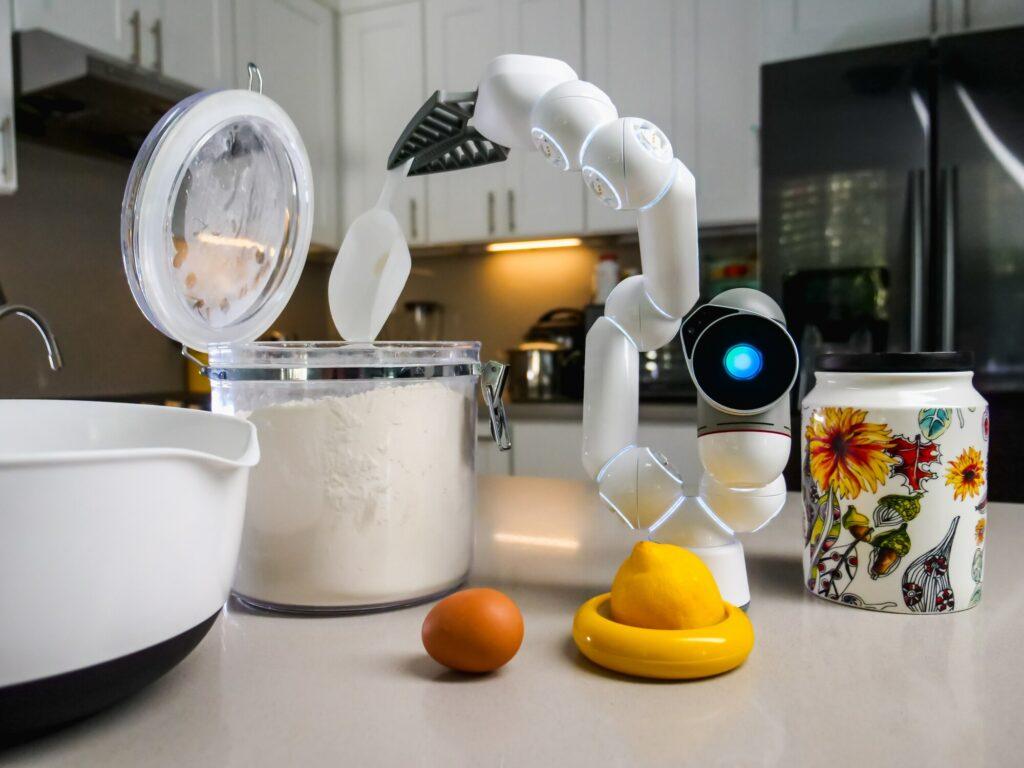
There are many more tools but these are let’s say in the spotlight. I think that with great power comes great responsibility. I have tried out these in a couple of different side projects on how these tools are working and used GitHub Copilot from the Beta testing phase. But I also noticed that you need to know exactly what you want in a technical manner to be able to be efficient. It is easy to ask the tool to write you down some code, but we human beings tend to not specify everything and think that everybody knows what we are talking about and not explain the context. This is ok when you are working a long time in some team and the “Red screen” naming is known to everybody what that means and where it is pointing. Or that every if, and else statement needs to have some logs on unwanted cases.
AI doesn’t know our style and doesn’t auto-include everything like using multi-threading, to not use the heap to minimize memory footprint. We need to know in an iterative manner how we want to improve the code. This is dangerous for Junior developers. With help of AI, they can write code fast, even in technologies that they don’t know and it will just simply work. But the danger is when in production you recognize that 10% of users have issues based on this code and it is a non-reversible process. AI’s are trained based on human input, and data. This means AI can make mistakes. Especially if AI is general purpose.
My prediction is that AI tools will help in the next couple of months, maybe years to do faster concepts. This will help Senior developers to use “smart autocompletes” and not concentrate on the boilerplate code but rather on a higher level of system construction and communication. I would suggest to Juniors to think about the big picture and learn and fail small, there is still a need to understand every small concept in programming. Mostly transferable knowledge to other technologies.


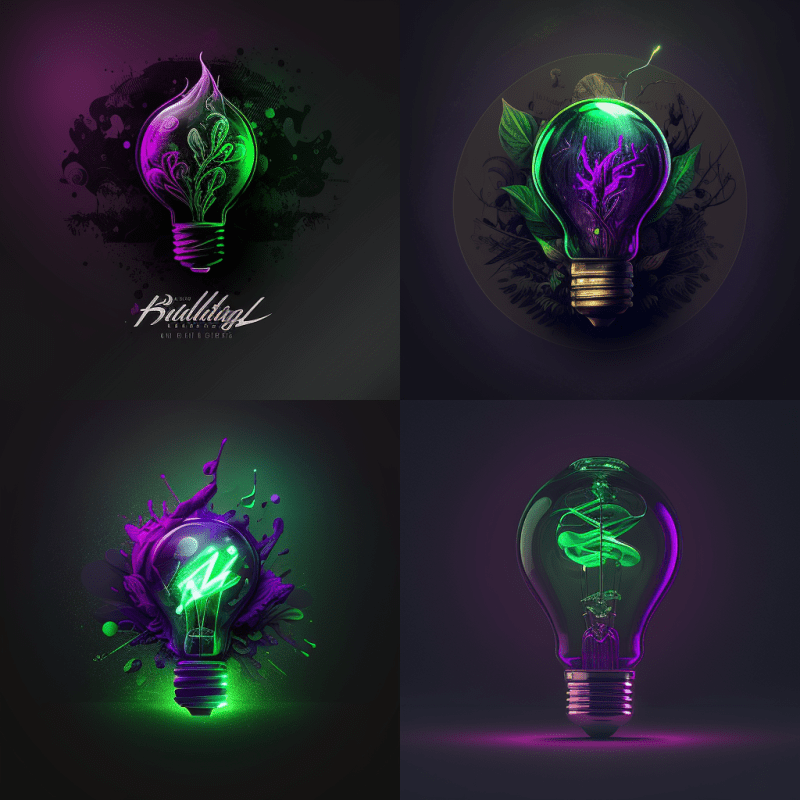
But also my prediction is that these tools will be smarter exponentially. Mentally we are not ready for this fast growth. Now we are asking the tool to do something custom for us. But it is not a conversation. It is output based on our textual input in an iterative manner. This is Phase 1.5. When these tools will begin to suggest the next options of the iterations and even realize that a couple of steps before the AI did not understand our direction in the right manner and will suggest fixing it as the code is not representing what we want. This would be Phase 2 when AI will also include more of the conversation context, and rate as input information based on importance and timeline. AI can even notify us of the danger of the code like “it is not thread-safe, would you like to make it thread-safe but the consequence is that it will be slower. Apply?“, “if the code is used for security may be too optimized to not use the heap so much. Apply the changes?” This would be Phase 3. In this phase, it would act as an IT consultant, by predicting our needs for the system building and suggesting changes. Also would expect that this will even go further. Our text or voice-based questions could be completed with some scheme, and graphics that will be logical for the AI this would I call Phase 4. We already have good image-processing AI services currently available, which can recognize objects, make good classifications of metadata or even create pictures and videos with a specific style. But AI is still far to make logical conclusions based on our image concept and to connect to text requests. Especially based on hand drawings.
Personally think that the fear that developers will be replaced by AI is not justified. If you are willing to just adapt, and expand your knowledge with the new fields, you are safe. There will always be a need for someone who orchestrates the systems, train the AI data models, make creative decisions, etc. AI is learning based on human input and the learned knowledge stays and improves over time through training. This is one of the advantages of AI, learn one and just form it. We, humans, pass knowledge from generation to generation by writing books, reading e-platforms, watching videos, and teaching. And this time-consuming process. AI resolves the repetitive work, to not write the same functions every time, same services, to easier connect the services like glue logic. But I don’t believe that innovative things can be done alone by AI without human interaction, at least we are far from that. Stack-overflow is well-known for every developer. Sometimes people vote for the right answer not understanding that the solution is deeper and too complex, even if on a high level it looks like resolving the issue. If this is one of the sources for AI model training then AI will also make mistakes.
Fields where I see AI tools will develop: AI Ethics, morals, emotions, Acoustic Analytics (like recognizing engine fault based on voice and vibrations – this was my Master thesis), AI Cyber Security, Self Driving, and Predictive Analytics…
Influence of Big Tech Companies
Overview: Big tech companies like Google, Microsoft, and Amazon have a significant impact on the software development industry. They set trends and standards, and their products and platforms are often used by developers around the world.
My Thoughts: We all know the issue of cross-platform. Everybody tried to resolve this. React Native (Facebook – Meta), Xamarin (Microsoft), PhoneGap (Adobe), Ionic, Flutter (Google), etc.
I would say these are not failed projects even if some are in decline. But a transition and R&D how to think and improve when you think about the cross-platform. But what is sure any of this would not stay long enough without the support of some Big Tech. As Big Tech would abound in some of these technologies we all saw the downfall of it. We will see what will bring Flutter and how long it will stay. Maybe with the help of AI tools, we could easily convert code from one technology to another or even to machine code which would make higher-level programming languages somehow obsolete. Who knows what the future will bring?
Environmentally Friendly Green Tech
Overview: The software development industry has a large carbon footprint, and there is a growing movement towards creating more environmentally friendly technology. This includes things like using renewable energy, reducing energy consumption, and using eco-friendly materials.
My Thoughts: Here I would separate two things.
First is the technology and communication channels which consume less energy. As more mobile devices, IoT devices, sensors, smart watches, or any smart devices are in play. The requirement to consume less energy is a must for devices that are using batteries. Here I think not on programming languages, but rather on OS and infrastructure as that can heavily influence energy and battery consumption. Well, think that the cloud part is optimized with Big Tech companies.
A couple of things what are the results of green tech?
Bluetooth Low Energy (BLE) This is a wireless communication protocol that is designed for low power consumption. It is commonly used for connecting devices such as smartphones, tablets, and smart home devices.
Zigbee This is a wireless communication protocol that is designed for low power consumption and long-range communication. It is commonly used in home automation systems and Internet of Things (IoT) devices.
Z-Wave This is a wireless communication protocol that is designed for low power consumption and reliable communication over short distances. It is commonly used in home automation systems and smart home devices.
MQTT (Message Queuing Telemetry Transport) is a lightweight publish-subscribe messaging protocol that is designed for resource-constrained devices and low-bandwidth networks. It is commonly used in Internet of Things (IoT) and machine-to-machine (M2M) applications, where it can enable communication between devices and servers reliably and efficiently.
The second is tech which promotes green tech like the use of solar panels, and electric vehicles, optimization of the use of renewable resources, recycling, and waste management processes, eco-friendly materials, etc.
I would say we are in a transition phase with this. Everything is started but we are still in the optimization phase for the current technology stack. Gas-using cars are still the majority on the streets. Promoting smart public transportation, optimized semaphore for bikes, shared travel with cars till electric vehicles spread enough, etc. But this will bring another issue. Batteries are not at peak yet. And who knows what the future will bring? Maybe free charging if driving on the highway by induction with specific roads. More small electric smart cars in the city center for rent. This highly depends on infrastructure and possible solutions for cities of specific size. Or maybe decentralized energy grids.
Time to Value
Overview: Time to value refers to the time it takes for a product or service to deliver value to its users. In the software development industry, this can mean faster time to market or the ability to quickly implement new features or updates.
My Thoughts:
This is an ever problem for modern capitalism. If someone is faster then this puts pressure on the competition to bring value faster or will not get enough investment to survive. This makes the need for faster ways to fail faster and learn from it. To make small but fast proof of concept and also A/B test faster and smarter. The first step in this is to have better tools like no code and low code solutions. You don’t need to invent the wheel, you just need to adjust a couple of factors that make the product better by a small portion from others.
Low code and no code are approaches to software development that aim to make it easier and faster to build applications and solutions. These approaches are often used to enable non-technical users, such as business analysts or process experts, to build and customize applications without the need for extensive coding knowledge.
We are at this phase already. These are pre-built components and as lego, we can build up our solution by drag and drop intuitively. Or with minimal code and the backgrounds are like black boxes, we just know what issue they resolve and what output to expect.
This can also be dangerous. As non-technical users could use it to resolve some issues with the wrong solution.
There are more and more positions around automation and the need for highly specialized persons in this field and even more domain knowledge.
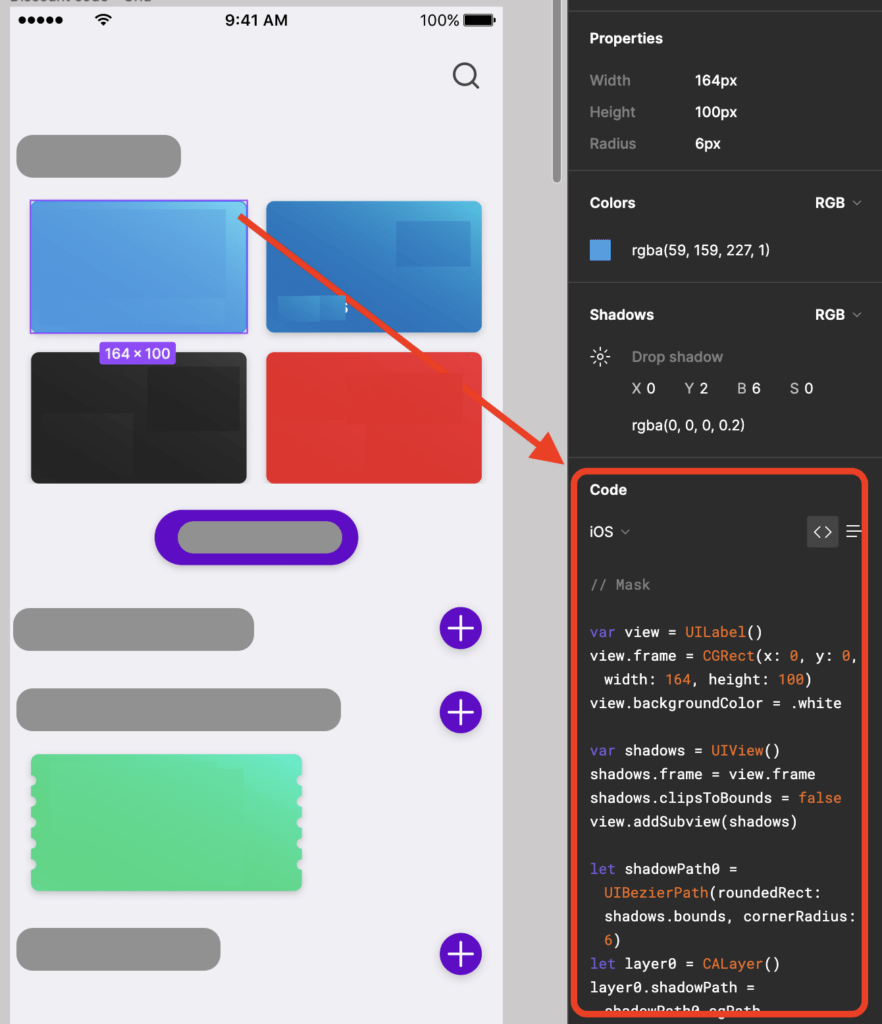
Designer tool Figma integrated feature that based on the selected element will generate a code in multiple languages. This is nice, but my experience is that designers can’t create always a perfect design that will represent the app and how it is built. So this code is maybe just a starting point but lots of fine-tuning is needed.
The Future of Developer
In the world of AI-assisted development, the role of developers is likely to evolve. AI tools can help developers automate certain tasks and provide recommendations for code changes or improvements, freeing up time for more complex and strategic work. However, developers will still need to have a strong understanding of programming languages and principles, as well as the ability to work with and manage AI tools. As AI becomes more prevalent in the software development industry, developers who can adapt and use these tools effectively will likely have a competitive advantage. It is also important for developers to stay up-to-date on the latest trends and technologies in the field to stay relevant in an increasingly fast-paced and constantly evolving industry.
Maybe the difference between Coder and Software Engineer will be bigger, or more roles will pop up based on need. Anyhow some sort of technical supervision will be needed to avoid unwanted mistakes.
Both technology and domain understanding will be important for developers in the future. In terms of technology, developers will need to have a strong foundation in programming languages and principles, as well as the ability to use and manage AI tools and other emerging technologies. At the same time, domain understanding is crucial for developers to be able to understand the specific needs and requirements of the projects they are working on. This includes understanding the industry or sector they are working in, as well as the business goals and objectives of the organizations they are working for. Ultimately, the most successful developers will likely be those who are able to effectively balance their technical skills with their understanding of the domain they are working in.
To be continued…
